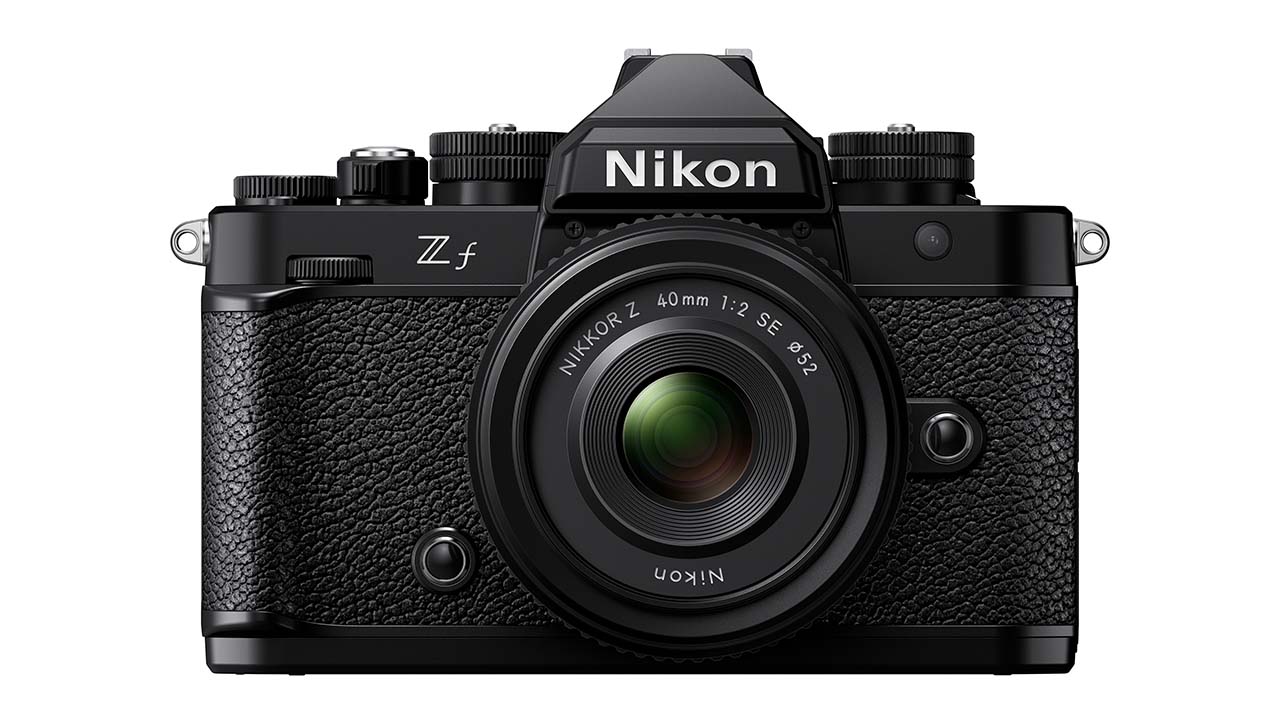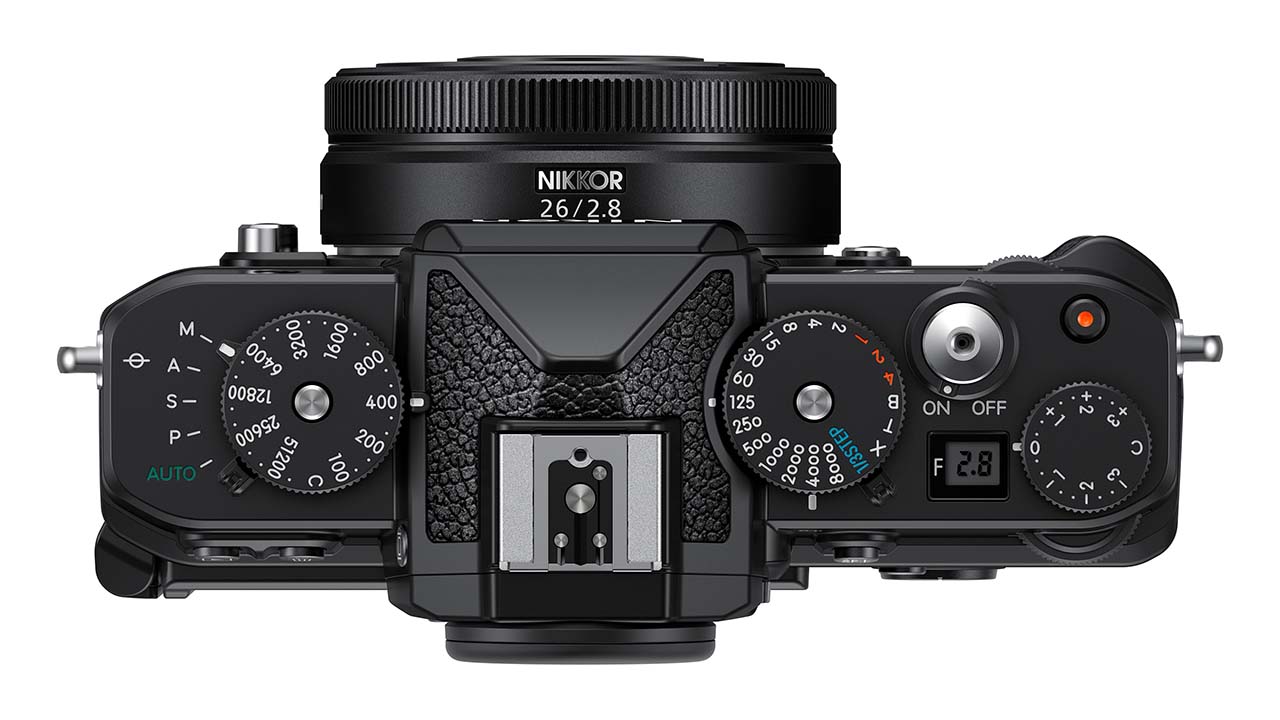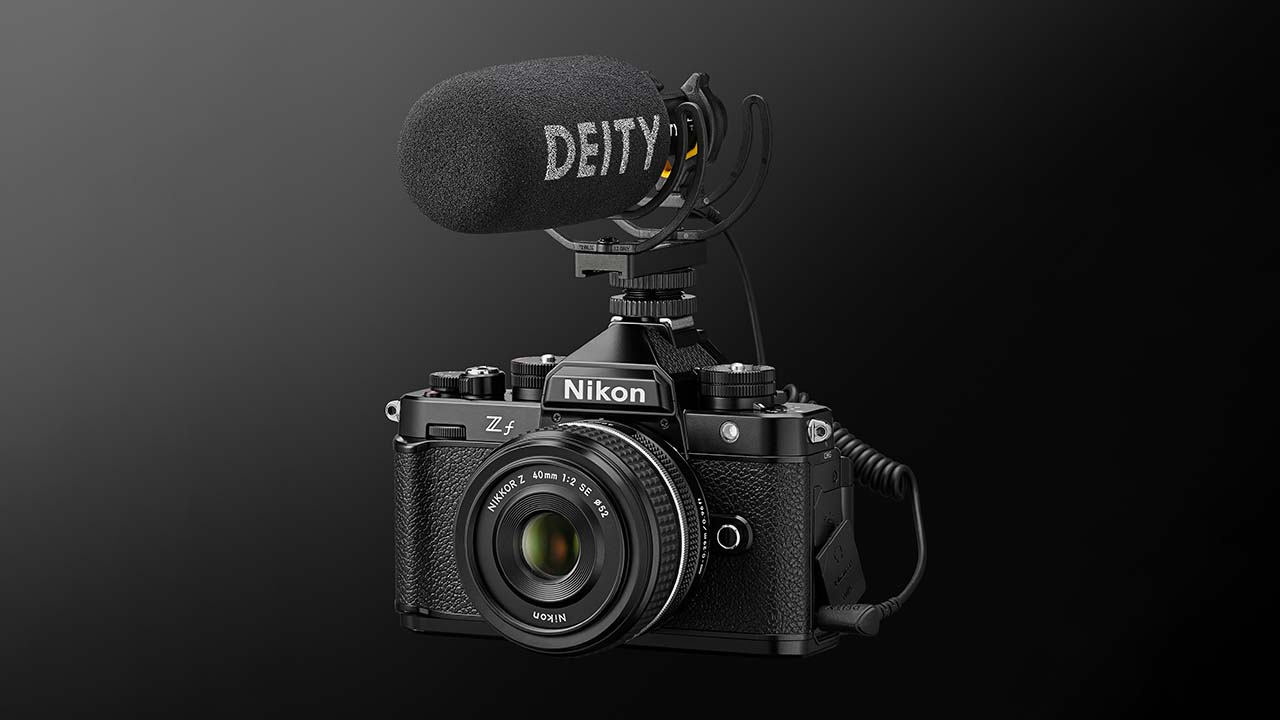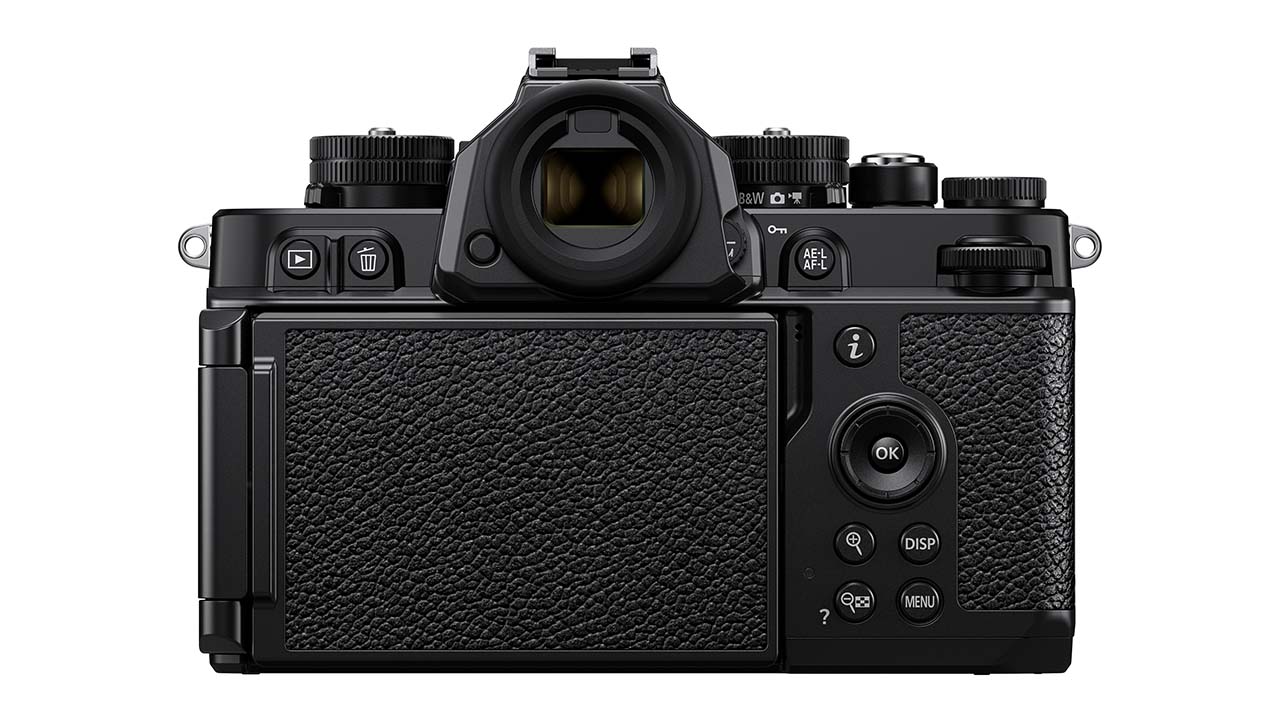
Nikon has announced the 24MP Z f full frame mirrorless camera, bringing vintage style controls to a device with very modern capabilities.
The Z f is Nikon's latest addition to its full frame stable of Z mount mirrorless cameras and it looks like it is encroaching on Z6 territory. The exterior design of the Z f was inspired by the classic FM2 film camera, going as far as to use the 1970's style Nikon logo, as well as featuring etched in numbers on the camera body for the dial controls. An artificial leather texture wraps around the body design, and Nikon has said that particular attention was paid to the feel of the shutter release button.
This is all well and good, and very much appreciated by this writer, but what about the insides? Well, in this case the beauty of the Z f is very much more than skin deep. The Z f features Nikon's EXPEED 7 image processing engine, the same one that is found in the company's flagship Z 9 camera.

Physical dials are back in fashion. Image: Nikon
Autofocus on the Z f has the same subject detection abilities of the Z 8, while improving the system to cope with lower light levels. Nikon claims that the system will cope with -10EV. There's also a 5-axis in-body stabilisation system, giving an 8-stop increase in shutter speed, which Nikon says is the best in its range. Additionally there's improved vibration reduction for video modes as well. Nikon claims that the Z f is also the world's first camera to feature focus-point VR. This is a function that suppresses blur at the edges of the frame, even with compositions in which the subject is positioned at an extreme edge.
When it comes to stills burst rates, the Z f doesn't match the Z 9, but it's certainly not slow. Capture of up to 14fps in JPEG and 11fps in raw is possible. There's even a pre-buffer function available in case you are slow to react to an event. The default flash sync is 1/200th, although this can be increased by using auto FP high-speed sync.

Video capabilities
The Z f features some good, functional video capabilities. It doesn't go to the heady heights of in-camera raw recording like the Z 9, but it does feature 10-bit HEVC recording up to 4K with 6K oversampling from the sensor, and it can go up to 4K 60p with a DX mode crop. N-log capture is also supported. The Z f is the first camera from Nikon to support shutter priority mode while video shooting, and it's also the first Nikon Z camera to feature a fully articulating rear LCD screen. Another interesting feature is the dual SD card slots. Instead of having two full-size SD card slots, the first supports full-size cards, while the second supports Micro SD cards.
While the video capabilities of the Z f might look slightly underwhelming at first, given what the competition is capable of, it's probably worth remembering that it appears the Z f is aimed at operational simplicity. Gone is the need for endless touchscreen menus, and in comes direct control via body-mounted dial settings. It's retro for sure, but it brings back much more direct interaction with the camera. The top dials can directly control ISO, shutter speed, and +-EV compensation. Even the shutter release button is retro styled, complete with a threaded hole for a remote release cable.

Conclusions
The Z f might not appear at first to break any boundaries, but certainly, from a stills perspective, it looks like being a very capable and intuitive device to use. Its 24MP sensor might not seem like the cutting edge, but the reality is it is more than good enough for the majority of uses. In fact, Nikon ambassador Nigel Danson recently did an experiment by comparing it with his 48MP Z7ii and printed both photos to the same large size. Nobody could tell the difference.
In fact, the Z f, priced at $2000 when it becomes available in mid-October, out-specs the Z6ii with a very similar feature set, but with improved autofocus, stabilisation, and the EXPEED 7 processing system. Although, unlike the Z6, the Z f doesn't have the option of using an additional battery grip for more power.
We'll let you know how it stacks up once we get our hands on one for review.
Tags: Production News Cameras


Comments